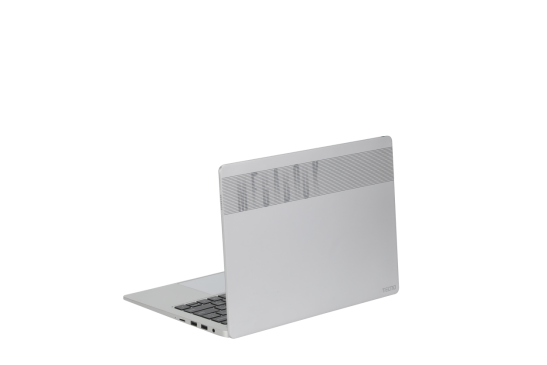|
Laptop case materialLaptop Case Material When people choose a laptop chassis, the first thing they see is its appearance. The main functions of a laptop case are: protection, heat dissipation, and decoration! These three basic needs may have different rankings for different consumers. Therefore, the author believes that when manufacturers study market demand, they will also provide different orders for different products and target consumers. Therefore, differentiated products with different materials, uses, and prices have emerged to meet various consumer groups. Laptop casing is a popular practice in the industry. The laptop is divided into four shells. The part around the LCD screen is the AB shell. The side facing the back of the LCD screen is A shell, the front of the LCD screen is B shell, the bottom of the keyboard is C shell, and the bottom layer is D shell. At present, in terms of pen case materials, the most common ones on the market are ordinary engineering plastics, aluminum (magnesium) alloy materials, carbon fiber composite materials, as well as concept products such as glass fiber composite materials, titanium alloys, wood grain or bamboo grain, leather, etc. 1、 Engineering plastics The engineering plastics used for laptop casings are mainly PC/ABS, as PC resin has excellent heat resistance, weather resistance, dimensional stability, and impact resistance, but is brittle. ABS has good toughness and excellent processing flowability. PC/ABS alloy improves its drawbacks by possessing excellent impact strength, electrical properties, wear resistance, chemical resistance, dyeing, formability, and machinability. Moreover, the addition of glass fiber in PC/ABS further improves its mechanical and heat resistance properties. The PC/ABS laptop casing adopts injection molding, which has the advantages of simple process and fast molding speed. However, its drawbacks are also evident. Its high density and heavy weight are not conducive to weight control of laptops. Therefore, it will not be used in products that focus on mobility, and the plastic itself has poor thermal conductivity, which is not conducive to laptop heat dissipation. PC/ABS engineering plastics are cheap and easy to process, making them the current choice for mid to low price models. 2、 Aluminum (magnesium) alloy Metals have good strength and heat dissipation, while aluminum and magnesium are currently the lightest density practical metal materials, making them the most widely used in lightweight applications, especially their alloy materials. Currently, most laptop casings are made of magnesium aluminum alloy. Its main component is magnesium metal, accounting for 90%, followed by aluminum, accounting for 9%, and zinc, accounting for 1%. The silver magnesium aluminum alloy shell can make the product more beautiful and fashionable, and easy to color. Through surface spraying technology, personalized colors can be created, adding a lot of color to laptops. Magnesium aluminum alloy has much greater specific strength and stiffness than engineering plastics, so it is usually used for the casing of mid to high-end ultra-thin or small laptops. However, magnesium aluminum alloys also have their drawbacks. It is not very wear-resistant, and the color will appear dull after prolonged use. Moreover, spray painted products are prone to scratches, peeling, and other phenomena, especially their high cost and difficulty in processing and forming. It requires stamping or die-casting processes as well as grinding. Easy to produce flammable and explosive metal powder. 3、 Carbon fiber composite materials Carbon fiber composite material is a material with excellent comprehensive performance. |






